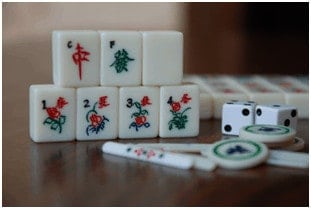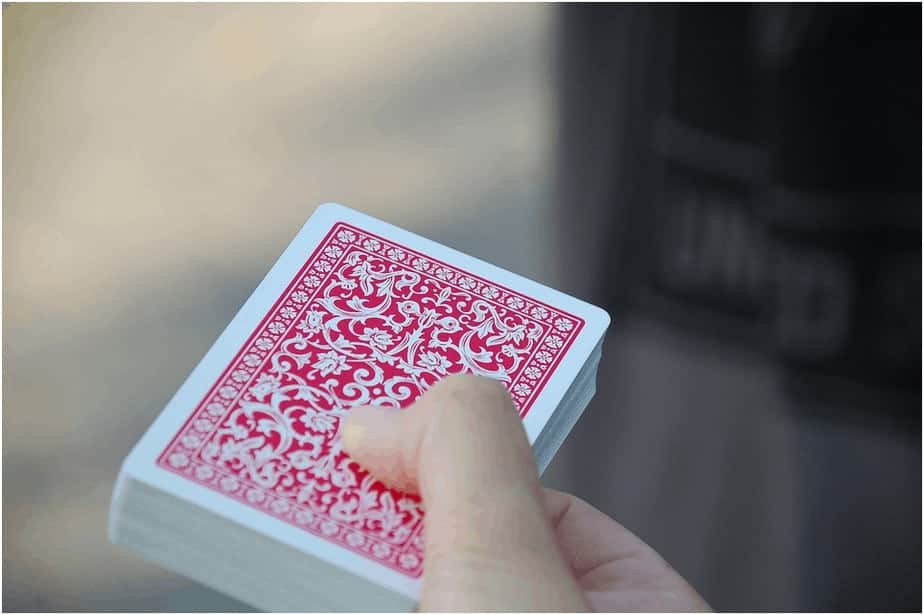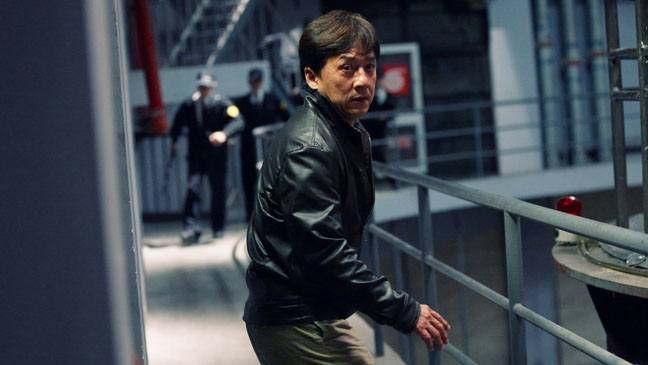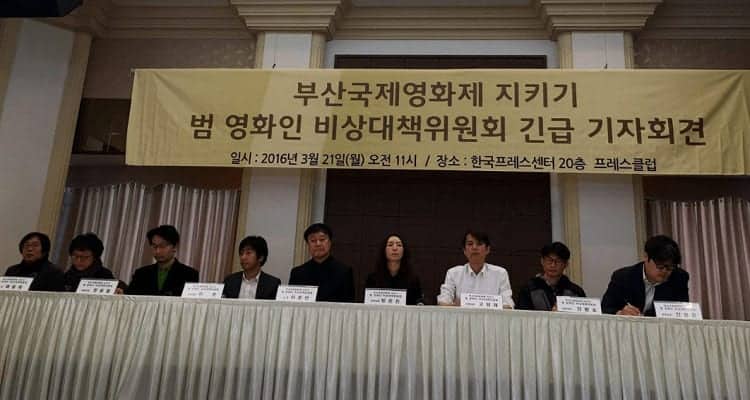The 2018 hit film Crazy Rich Asians has been described as everything from a “movement” to a defiantly bombastic beast that thrusts you into a way of life you probably never knew existed. Indeed, if you listen to the man behind the movie, director Jon M. Chu, the aim was to present an accurate depiction of life as a crazy rich Asian. In doing that, he didn’t want to pander to stereotypes. As he told Vox, what you see is what you get and, if you don’t understand or believe it, well, that’s just too bad.
“We didn’t want to give people an excuse to think of this world as some kind of obscure, exotic fantasyland — this is a real place, with real culture, history and tradition, and instead of just giving them answers to their questions, we want them to have conversations,” Chu said in an interview with Vox.
Of course, a sense of realism is crucial given that Crazy Rich Asians was based on Kevin Kwan’s best-selling novel of the same name. Taking inspiration from his life of luxury, Kwan wanted to show the Western world the trials and tribulations of the East’s super rich. For that, movie critic for The Guardian Christina Lee has described Crazy Rich Asians as a “movement.” Taking Kwan’s’ story and turning it into a visual “beacon of representation,” Lee believes it signals a turning point for Asian actors.
A Movie that Breaks the Mold
With a University of Southern California study showing that American-Asian actors are only given 5% of all speaking parts in Hollywood productions, Crazy Rich Asians has broken a mold. Yes, Asian directors and actors have gained notoriety in the West when it comes to martial arts movies and horrors. For example, Kentaro is another example of the mysterious, suspense-laden style of horror genre that Japanese directors have become famous for, as we’ve pointed out here on AsianMoviePulse. However, Crazy Rich Asians has broken out of the “cult” mold and smashed its way into the mainstream. For reviewers such as Lee, that’s opened up new opportunities for Asian performers.
The Unseen Links Between Asia and Gaming

What it’s also done, however, is to peel back the curtain on life in Asia. While many Westerners feel like they understand the culture, director Chu suggests that previous offerings have been a palatable version of reality. For Crazy Rich Asians, he deliberately went the opposite way. As Vox writer Jeff Yang notes, there aren’t any “training wheels” provided. This decision to plunge viewers head-first into the culture is eminently clear during the mahjong scene. Although gin rummy is the closest Western equivalent, mahjong is rarely played outside of Asia. However, in the movie, it plays a significant part in the redemption of Michelle Yeoh’s character Eleanor Young.
In fact, such is the popularity of mahjong that Chinese scholar Hu Shi calculated that 4 million hours are spent on it each day. For many, it’s a national pastime and a symbol of China’s love of games. By using it as a literary device, Chu is shining a light on another aspect of Asian culture that many in the West rarely get to see. In reality, throughout history and into the modern day, gambling has major significance in Asia. Alongside mahjong, Indian card games such as Teen Patti have been popular for centuries. Even today, online gaming sites across India see an uptick in activity during the religious festival of Diwali.
According to regional legend, those that gamble (specifically on poker) during Diwali will have good luck for the rest of the year. This, combined with a cultural connection to games, has led to an explosion of online casino and poker sites. Today, gamers across Asia, most notably in India, play everything from blackjack to poker via their desktop or mobile devices. As the industry has grown, review sites have emerged and now educate new players through a combination of reviews and guides, as evidenced on the AsiaBet website. For many in the West, this culture of gaming and gambling may be surprising. However, thanks to movies such as Crazy Rich Asians, we’re starting to see that it’s not.
What Chu has done, knowingly or unknowingly, is link Asia’s gaming culture to the growth of digital entertainment avenues. As a 2019 report by Market Research Future states, online gambling’s compound annual growth rate (CAGR) will hit 13.2% by 2025. Leading the way in terms of growth will be the Asia-Pacific region. Although Chu’s movie may not be the catalyst for this, it’s certainly a reflection of it. Therefore, while critics such as Lee have described the movie as a “beacon of representation” for Asia actors, it actually shines brighter than that. By including the now infamous mahjong scene, Chu has lifted the lid on a gaming culture that not only reflects Asia’s past but it’s growing significance within the digital world.















